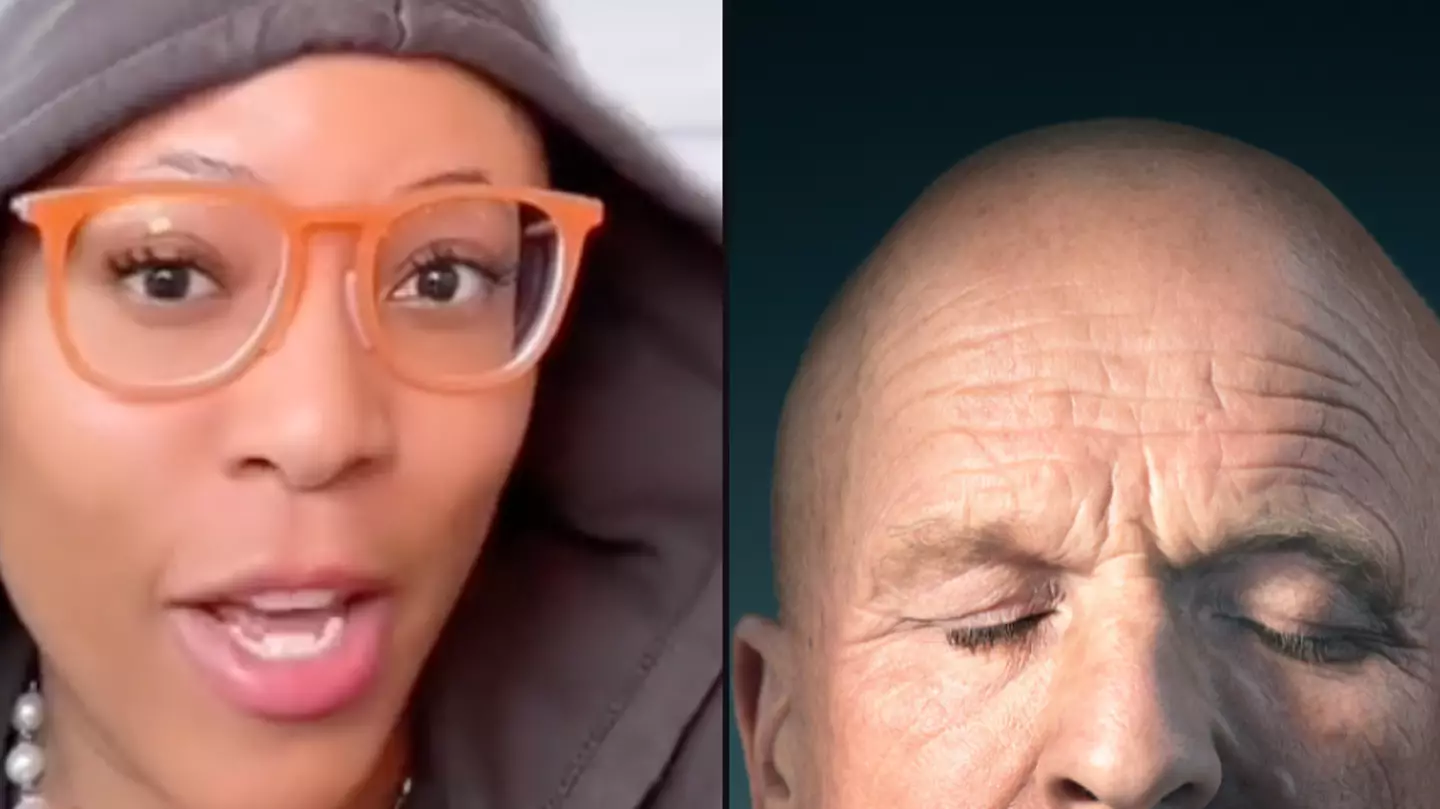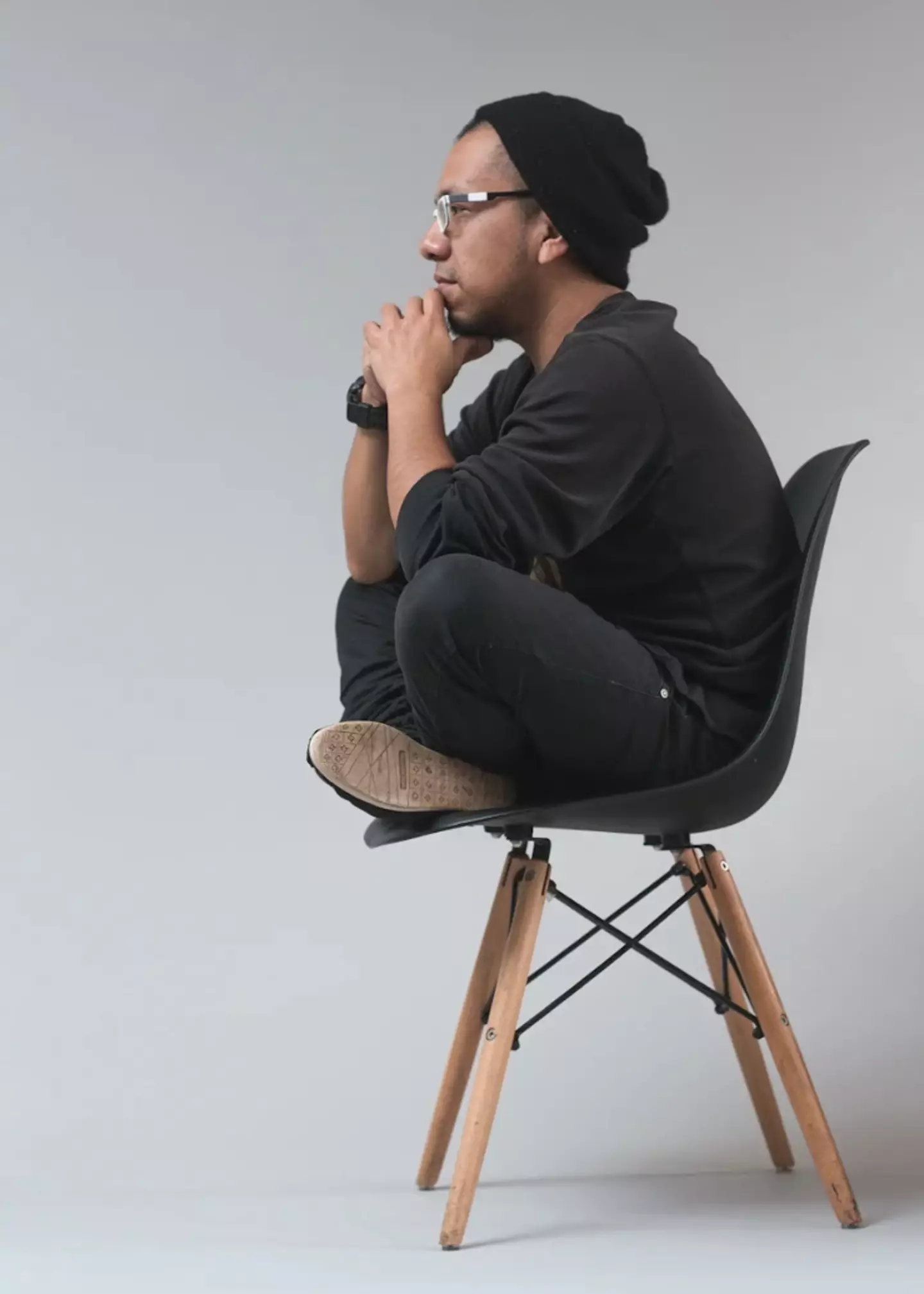
A crazy experiment which allows you to hallucinate within 'minutes' at home has been shared on TikTok, blowing many minds online.
And perhaps the most fascinating aspect is it can allow a person to hallucinate on demand.
The concept was first introduced way back in 1930 by psychologist Wolfgang Metzger, with experiments being held to investigate telepathy and hallucinatory states.

The 'Ganzfeld Effect' happens when humans have their brains deprived of visual stimulation, leaving it with no choice but to fill in the blanks on its own - AKA hallucinations.
Advert
Our brains are overloaded with sensory experiences everyday, so without this stimulation, you brain will start to create things that aren't there in real life.
This was explained on TikTok recently by a creator named Felecia, who outlined how people such as Arctic explorers, cavers, or those out at sea for months at a time, have experienced the Ganzfeld Effect due to lack of visual aids.
The TikToker also said if you want to test this out, you can actually do it in the comfort of your own home.
As WebMD explains, to experience the effect fully, your whole field of vision must be filled by one plain background.
Advert
It could be a wall in your house that's one shade, but you have to make sure there is no colour variation, brightness, moving objects, basically zero stimulation.
It only takes a couple of minutes before your brain starts to get bore and changes reality.
You may feel a slow drop in brightness in the room, even though nothing has changed. You may even see different colours.
Advert
If you stay in this state for a lot longer than a couple of minutes, you might start to experience drug-like hallucinations.
Because your brain has nothing to work with, it starts to create things itself.
The hardest part about trying this out is getting the visual field right.
If there is one ounce of visual stimulation that would usually go unnoticed, it's not going to work.
Advert
One way you can make sure it is 100 percent effective is to cut in half a ping pong ball and tape it over your eyes.
The material they are made from is spotless and does not let in any light.
It is usually very safe to carry out the experiment, as you can feel the effects without having any lasting concerns.
However, if you stay in the state for a very long time, you will probably feel disorientated after the experience.

Also, if you suffer from a mental health issue like schizophrenia, it's probably not a good idea to carry this out.
Advert
Scientists have tried to link this experiment to the concept of having a 'sixth sense' for something.
According to WebMd: "Researchers have tried to test this link by placing a person - called the receiver - in a room in the same conditions described above.
"Another person - called the sender - is placed in a separate room and is told to focus on a photograph.
"At the same time, the receiver describes their hallucinatory experience in as much detail as possible."
They suggest that if the receiver's hallucinations match what the sender is looking at, the test is a success.
Despite this, they have never managed to make it work.
Featured Image Credit: Tiktok/@feleciaforthewin / Getty Stock Images